Contents
Guide
ALSO BY JIM RASENBERGER
The Brilliant Disaster: JFK, Castro, and Americas Doomed Invasion of Cubas Bay of Pigs
America, 1908: The Dawn of Flight, the Race to the Pole, the Invention of the Model T, and the Making of a Modern Nation
High Steel: The Daring Men Who Built the Worlds Greatest Skyline

Scribner
An Imprint of Simon & Schuster, Inc.
1230 Avenue of the Americas
New York, NY 10020
www.SimonandSchuster.com
Copyright 2020 by Jim Rasenberger
All rights reserved, including the right to reproduce this book or portions thereof in any form whatsoever. For information, address Scribner Subsidiary Rights Department, 1230 Avenue of the Americas, New York, NY 10020.
First Scribner hardcover edition May 2020
SCRIBNER and design are registered trademarks of The Gale Group, Inc., used under license by Simon & Schuster, Inc., the publisher of this work.
For information about special discounts for bulk purchases, please contact Simon & Schuster Special Sales at 1-866-506-1949 or .
The Simon & Schuster Speakers Bureau can bring authors to your live event. For more information or to book an event, contact the Simon & Schuster Speakers Bureau at 1-866-248-3049 or visit our website at www.simonspeakers.com.
Interior design by Kyle Kabel
Jacket design by Richard Ljoenes
Jacket artwork: Remington, Frederic (18611909).
On the Southern Plains. 1907. Oil on Canvas, 20 X 51 in.
Gift of Several Gentlemen, 1911 (11.192). Image Copyright The Metropolitan Museum of art, Image Source: Art Resource, NY
Library of Congress Cataloging-in-Publication Data is available.
ISBN 978-1-5011-6638-9
ISBN 978-1-5011-6640-2 (ebook)
For Ann

A broadside from the 1850s featuring scenes engraved on the cylinders of Colts revolvers.
PROLOGUE

A Taste for Distasteful Truths
I
In 1831, somewhere in the middle of the Atlantic Ocean, aboard a ship called the Corvo, a sixteen-year-old American boy named Sam Colt was struck by an extraordinary idea. Exactly where he got the idea remains an open question. The common story is that he was inspired by observations he made aboard the Corvo, either of the ships wheel or, more likely, its windlass, the barrel-shaped crank that sailors turned to hoist the anchor. Others have suggested that he stole the idea from an inventor whose work hed seen while abroad in India. Either version is plausible: Colt was certainly brazen enough to steal, but he was also ingenious enough to come up with a brilliant creation on his own. Its also possible that the entire episode never happened and Colt made it up. He was capable of that, too.
In any eventas the story goesColt found a quiet moment on a glassy sea and pulled out the small knife a family friend had given him before the start of his voyage. He whittled at a few pieces of scrap wood to create a model of what he had in mind. When he was done, the thing in his hand resembled a small wooden pistola childs toyexcept that Colts creation, with its fist-shaped bulge above the trigger, would have appeared ridiculous to people who knew what a pistol looked like in 1831. He had carved an object that would expand the notion of how a gun was supposed to operate. In doing so, he had solved, or at least started to solve, one of the great technological challenges of the early nineteenth century: how to make a gun shoot multiple bullets without reloading.
For more than two decades after he returned home from Calcutta, Sam Colt would strive to perfect and market his revolving gun and wait for the world to catch up to his idea. In the meantime, he lived in perpetual motioncentrifugal chaos, one biographer has called it. At seventeen, he began touring the country as a traveling showman, selling hits of nitrous oxide to audiences in dire need of amusement. (The country was suffering a cholera epidemic at the time.) At eighteen, he went up the Mississippi and Ohio Rivers in a steamboat, and, at nineteen, down the Erie Canal on a canalboat. He was rich by the time he was twenty-one, poor at thirty-one, then rich again at forty-one. He may have had a secret marriage and almost certainly had a son he pretended was his nephew. His brother John committed an infamous murder that could have been lifted straight out of an Edgar Allan Poe storythough in fact it went the other way; Poe lifted a story from itand while John was waiting to be hanged in New York City, Sam invented a method of blowing up ships in the harbor with underwater electrified cables. In 1849, he visited the palace of St. Cloud near Paris and the Dolmabahe Palace in Constantinople. In 1851, he went to the Crystal Palace in London (not really a palace, but enchanting nonetheless), and in 1854 to the Winter Palace in St. Petersburg. In 1855, he built his own palace, Armsmear, on a hill above his personal empire, called Coltsville, in Connecticut. Coltsville included homes for workers, churches, a music hall and library, schools, a dairy farm, a deer park, greenhouses fragrant with flowers and fruits in all seasons, a beer garden (for German employees), and, at the center of it all, the most advanced factory in the world. While Colt did not single-handedly develop the so-called American System of mass productionusing machines to make uniform and interchangeable partshe was a pioneer of the technological revolution of the 1850s that had nearly as much impact on the world as the American political revolution of the 1770s.
The life of Sam Colt is a tale that embraces many events and facets of American history in the years between the War of 1812 and the Civil War. But it is alsotrigger warningthe story of a gun.
The broad thesis of this book is that we cannot make sense of the United States in the nineteenth century, or the twenty-first for that matter, without taking into account Colt and his revolver. Combined in the flesh of the one and the steel of the other were the forces that shaped what the country became: an industrial powerhouse rising in the east, a violent frontier expanding to the west. In no American object did these two forces of economic and demographic change converge as dynamically and completely as in Colts revolver. Compared to other great innovations of the era, such as Cyrus McCormicks reaper, Charles Goodyears vulcanized rubber, and Samuel Morses telegraphin which Colt played a small but significant partColts gun, a few pounds in the hand, was a featherweight. But it did as much as, if not more than, those others to make the world that was coming.
II
Before we can understand the significance of Colts revolvers, we need to know what guns were before he came along. The first firearms, in the thirteenth century, were simple barrels or tubes of metal (though the Chinese may have used bamboo) filled with combustible powder and a projectile. When the powder was lit, it exploded in a high-pressure burst of gasesnitrogen and carbon dioxidethat forced the projectile out of the barrel and into flight. Besides perfecting the recipe for gunpowder, the earliest gun innovators focused on barrels and stocks, making guns safer and easier to hold and aim. They then turned their attention to the mechanism, called the lock, which ignited the gunpowder. Originally, a shooter simply held a burning ember to a hole near the back of the barrel. The so-called

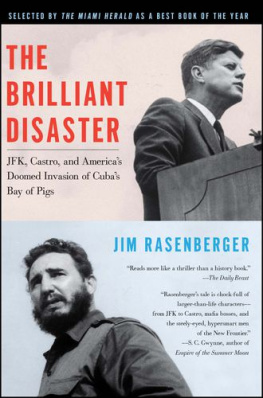

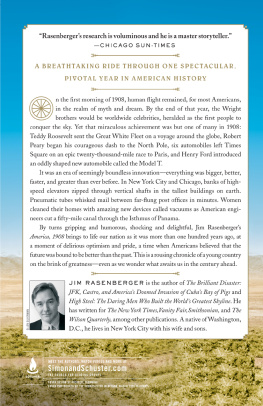

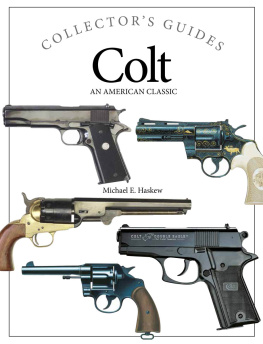

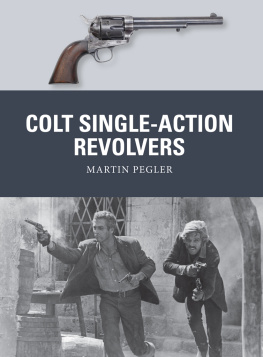


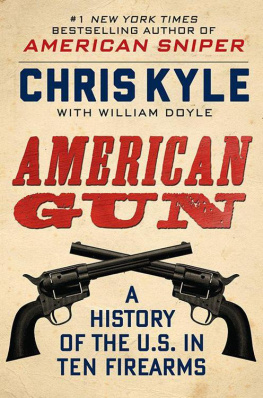
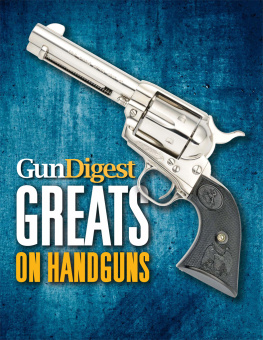
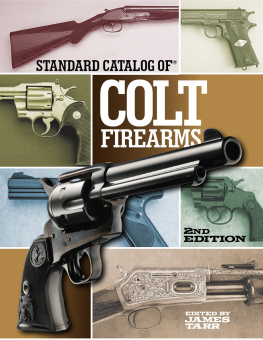
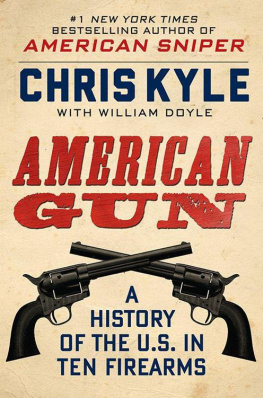
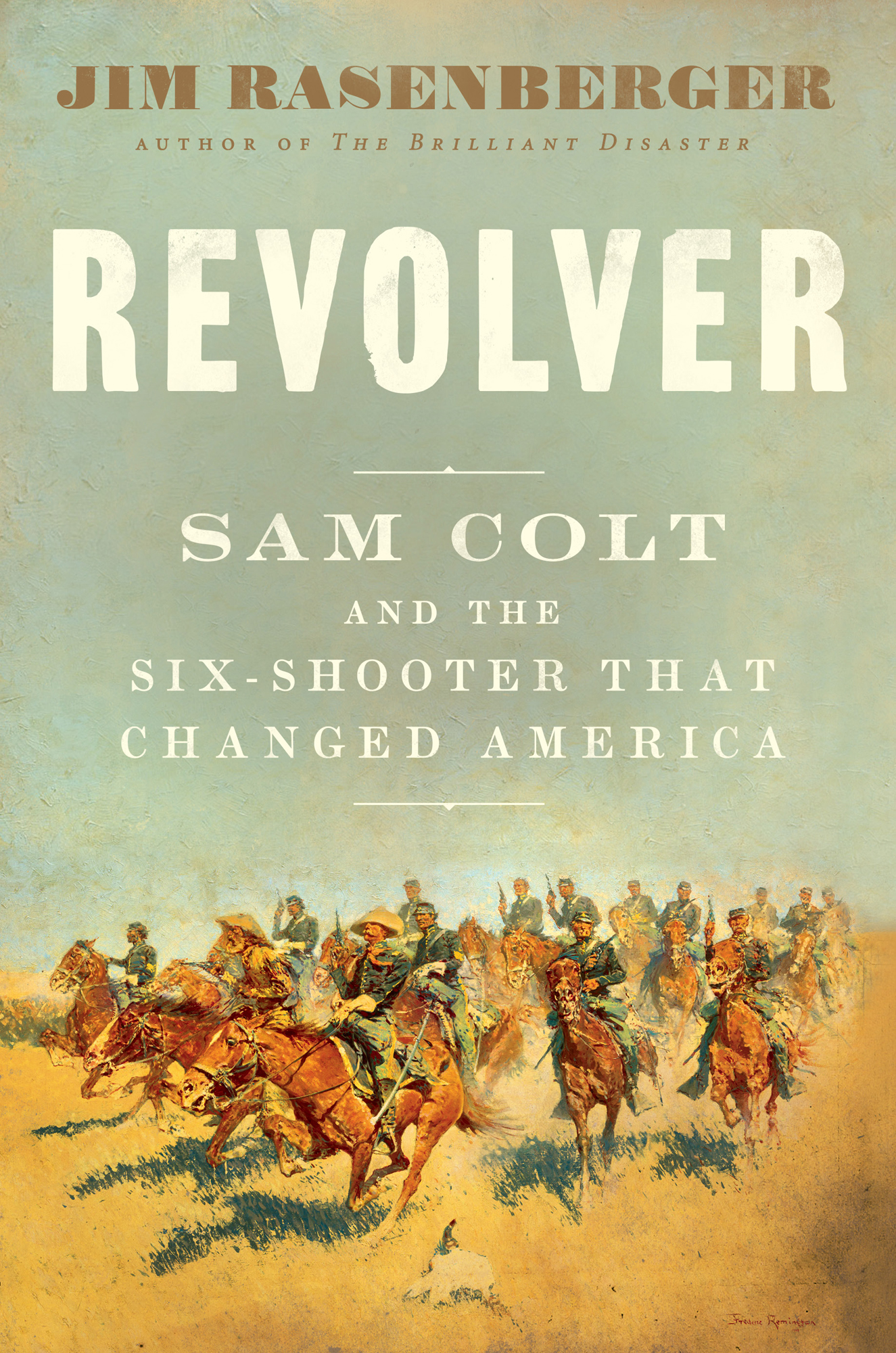



 A Taste for Distasteful Truths
A Taste for Distasteful Truths